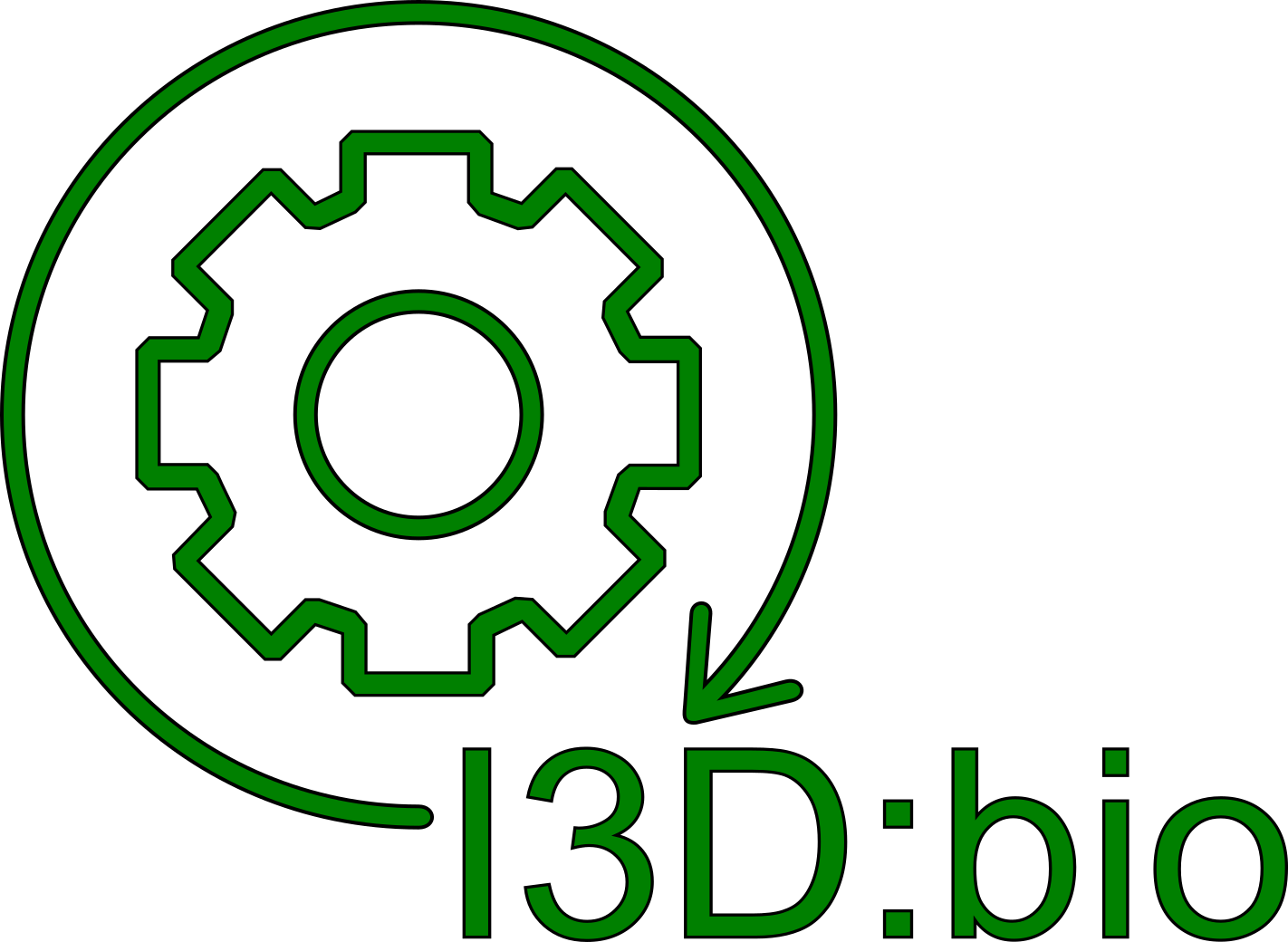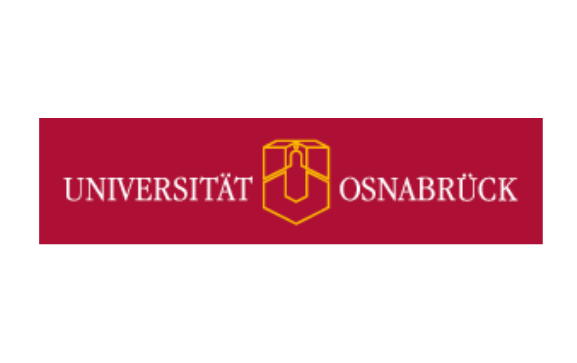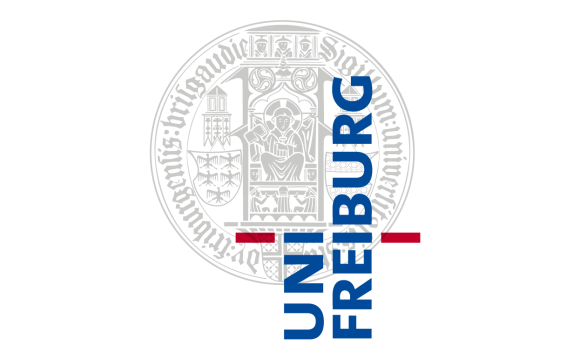Back to: Microscopy File Formats
Translating Bioimaging File Formats with “Bio-Formats”
The Open Microscopy Environment Consortium has created the so-called Bio-Formats library (Linkert et al., 2010, J Cell Biol) to enable the translation from a large number of proprietary file formats to the OME data model, generating OME-TIFF as a potential output file.
Most files generated at the vendor-specific microscopes are written in proprietary, i.e., vendor-owned file formats. Aside from the pixel data, this means also that the metadata about the imaging instrument are differently structured and different aspects of metadata might be recorded. This creates an issue when opening the image files with non-vendor-specific, open software.
Solutions to this problem are:
– export images with the vendor software into a shared file format that can be read by other applications
– enable the downstream applications to read and work with proprietary file formats (this is what Bio-Formats helps to achieve)
– (stimulate all vendors to agree on common, interoperable file format standards – this is, however, not a solution available (yet?))
Applications like ImageJ/Fiji can work directly with proprietary file formats by using the Bio-Formats library in the form of the Bio-Formats plugin.
Bio-Formats is also what enables the image data management platform OMERO (OME remote objects) to ingest and show images and metadata from proprietary file formats. Bio-Formats enables the real-time-conversion. I.e., images and metadata are not fully translated to the OME-TIFF file format, but are read-out on the fly.





